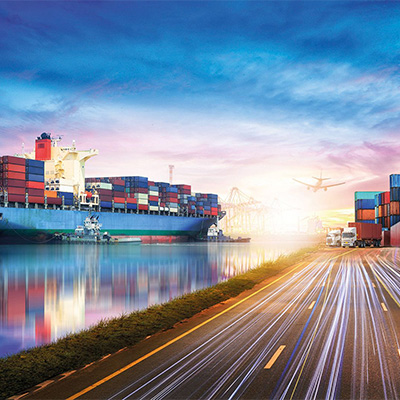Companies are increasingly cautious over taking risks in their supply chain, with fears over their level of dependence on suppliers and sourcing from high-risk countries dominating their thinking, data in a new report shows.
The Q4 2018 Global Supply Chain Risk Report, published today by Cranfield School of Management and Dun & Bradstreet, investigates the level of perceived supply chain risk faced by European companies with international supplier relationships.
The data shows a decreasing trend in buying companies sourcing from suppliers in high-risk countries, chiefly driven by a 25% drop in the manufacturing sector but also influenced by smaller but significant decreases in the wholesale, retail and finance sectors. Meanwhile, companies’ perceived dependence on suppliers increased during Q4 2018, thanks in part to a marked increase in the construction sector.
Buyers in the retail sector have the highest perceived level of dependence on their suppliers, with 89% of relationships in Q4 2018 categorised as critical or key. The biggest increase is in the construction sector, where 40% more relationships are considered critical than in the previous quarter, taking perceived reliance on key suppliers to a total of 80%.
The report suggests sourcing from high-risk countries is most prevalent in the manufacturing sector, but a 25% decrease in this metric during Q4 2018 suggests companies in that sector may be adopting a more cautious approach.
Dr Heather Skipworth, senior lecturer in logistics, procurement and supply chain management at Cranfield, said: “It is interesting to note that companies’ perception of their dependence on their suppliers has increased, especially in the construction sector. There are a number of reasons why this could be happening. Increasing levels of demand in the sector, possibly driven by Government incentives such as Help-to-Buy, may have put pressure on the domestic supply market. Equally, construction market consolidation could also cause this trend.”
Chris Laws, Head of Global Product Development – Supply & Compliance at Dun & Bradstreet, said: “Sourcing from high-risk countries has historically been highest in the manufacturing sector, but this most recent data shows a significant reduction. This could mean that companies are more cautious about offshoring to low cost economies, which are sometimes characterised by higher country risk.”
The quarterly Global Supply Chain Risk Report uses four key metrics – supplier criticality, supplier financial risk, global sourcing risk and foreign exchange risk* – to assess overall supply chain risk and provides businesses with a view of trends within their industry sector and the wider economy. By analysing trends by sector, the report highlights areas for monitoring and consideration in procurement decisions.
Analysis in the Q4 2018 report was carried out using proprietary commercial data supplied by Dun & Bradstreet, which included around 200,000 transactions between anonymous European buying companies and their suppliers in more than 150 countries worldwide.
The Q4 2018 Global Supply Chain Risk Report is available to download now from the link on this page.
Notes for editors
*Foreign exchange risk is the percentage of unique buyer-supplier relationships where the buyer’s currency in the transaction is different from the supplier’s currency. A higher percentage indicates higher exposure to foreign exchange fluctuations.
Global sourcing risk is the percentage of unique buyer-supplier relationships where the supplier is in a country with country risk higher than 4 using the Dun & Bradstreet Country Risk scale, which ranks countries from 1 to 7 in terms of risk, where 1 is the lowest risk and 7 the highest.
Supplier financial risk is the percentage of unique buyer-supplier relationships where the supplier has a risk rating of 3 or 4 (higher-than-average risk or high risk) according to Dun & Bradstreet financial risk scales. This provides an overall indicator of risk from suppliers.
Supplier criticality is the percentage of unique buyer-supplier relationships where the buyer categorises the suppliers as critical or key. A larger number represents a greater perceived exposure to risks from the supply base.





